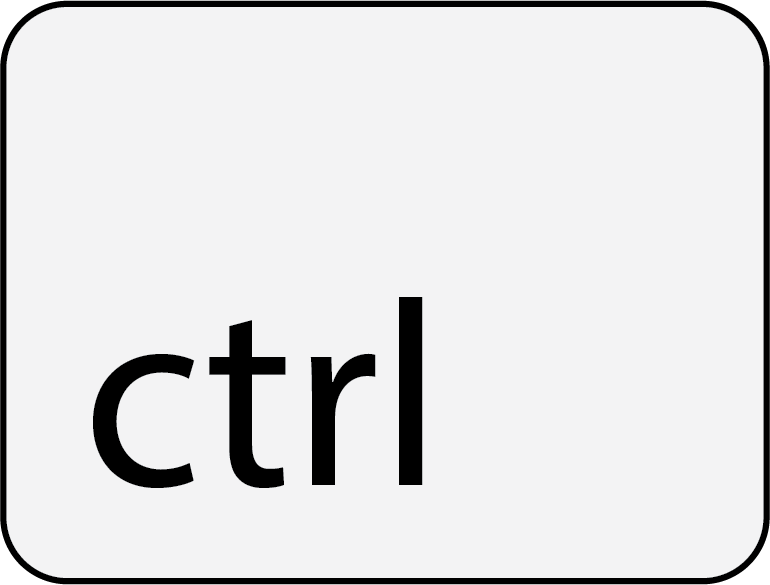About
This simulation was created in the Department of Chemical and Biological Engineering at University of Colorado Boulder for LearnChemE.com by Patrick Doyle. It is based on a Mathematica simulation on the Wolfram Demonstration Project website prepared by Lisa Goss and modified by Rachael Baumann. Address any questions or comments to learncheme@gmail.com. All of our simulations are open source, and are available on our LearnChemE Github repository.
If this simulation is too big for your screen, zoom out using  +
+  on Mac
or
on Mac
or  +
+  on Windows. To zoom in, use
on Windows. To zoom in, use  +
+  on Mac
or
on Mac
or  +
+  on Windows.
on Windows.